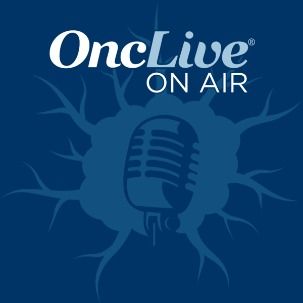Video
Development of Checkpoint Inhibitors for GU Cancers
For High-Definition, Click
Immunotherapies have been administered as treatments for patients with genitourinary cancers for many years, explains moderator Louis M. Weiner, MD. Treatment with interleukin 2 (IL-2) results in long-term survival in 5% to 10% of patients. However, despite impressive outcomes for these patients, the low number of responders hampered the widespread use of the drug.
If similar results to IL-2 could be broadened to 20% to 25% of patients it could warrant widespread use of the therapy, Robert Dreicer, MD, notes. Several treatments are approved for patients with renal cell carcinoma, making new drug development difficult, Dreicer notes. As a result, most new treatments get tested in the second- or third-line. However, the checkpoint inhibitors should be explored in the frontline setting, the panel agrees.
The optimal duration of treatment with an immune checkpoint inhibitor remains unclear. Interestingly, patients who respond and stop treatment will respond again when retreated, Dreicer notes. This could result in an arbitrary stopping point for treatment following a suitable response, with close monitoring plus retreatment or maintenance when needed, Dreicer believes.
One of the advantages of the PD-1 and PD-L1 inhibitors is the rapidity of response, notes Omid Hamid, MD. The kinetics of these checkpoint inhibitors is very different from anti-CTLA-4 therapies. In general, 80% to 90% of responses occur by the first scan for patients who respond to PD-1/PD-L1 inhibitors, Hamid notes.









